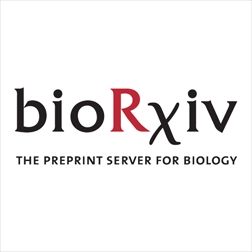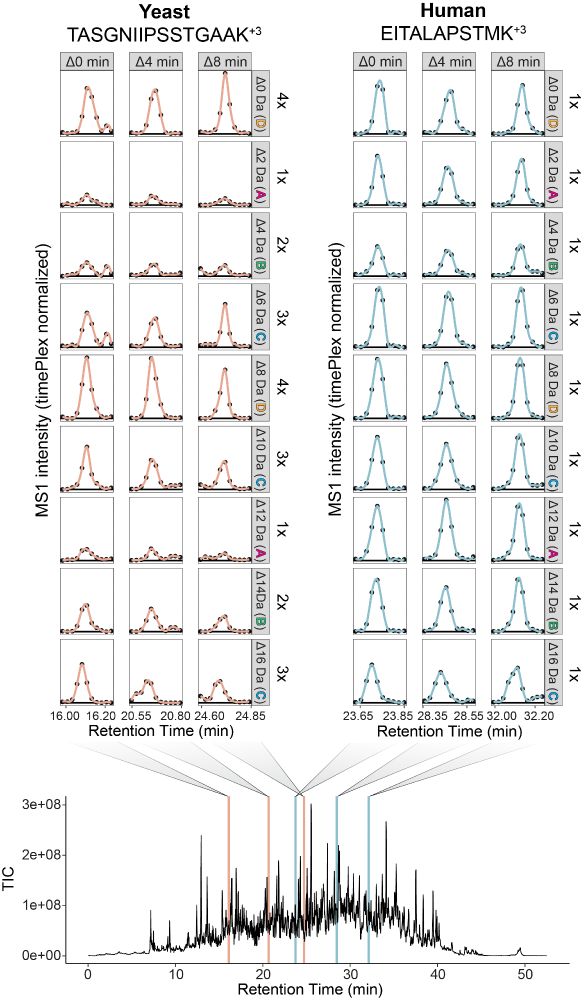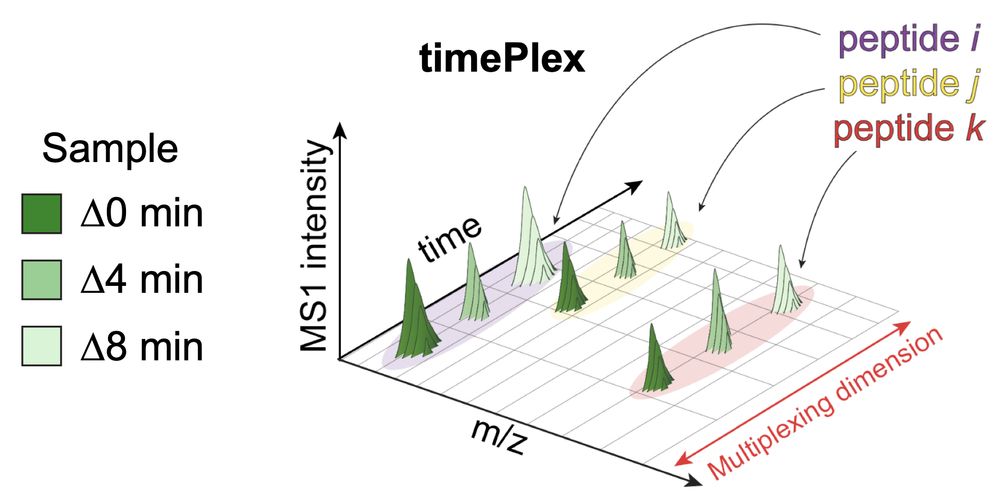Jason Derks
@jasonderks.bsky.social
19 followers
20 following
7 posts
Increasing throughput of proteomics @parallelsq.bsky.social
Posts
Media
Videos
Starter Packs
Jason Derks
@jasonderks.bsky.social
· May 28
Jason Derks
@jasonderks.bsky.social
· May 28
Jason Derks
@jasonderks.bsky.social
· May 28





